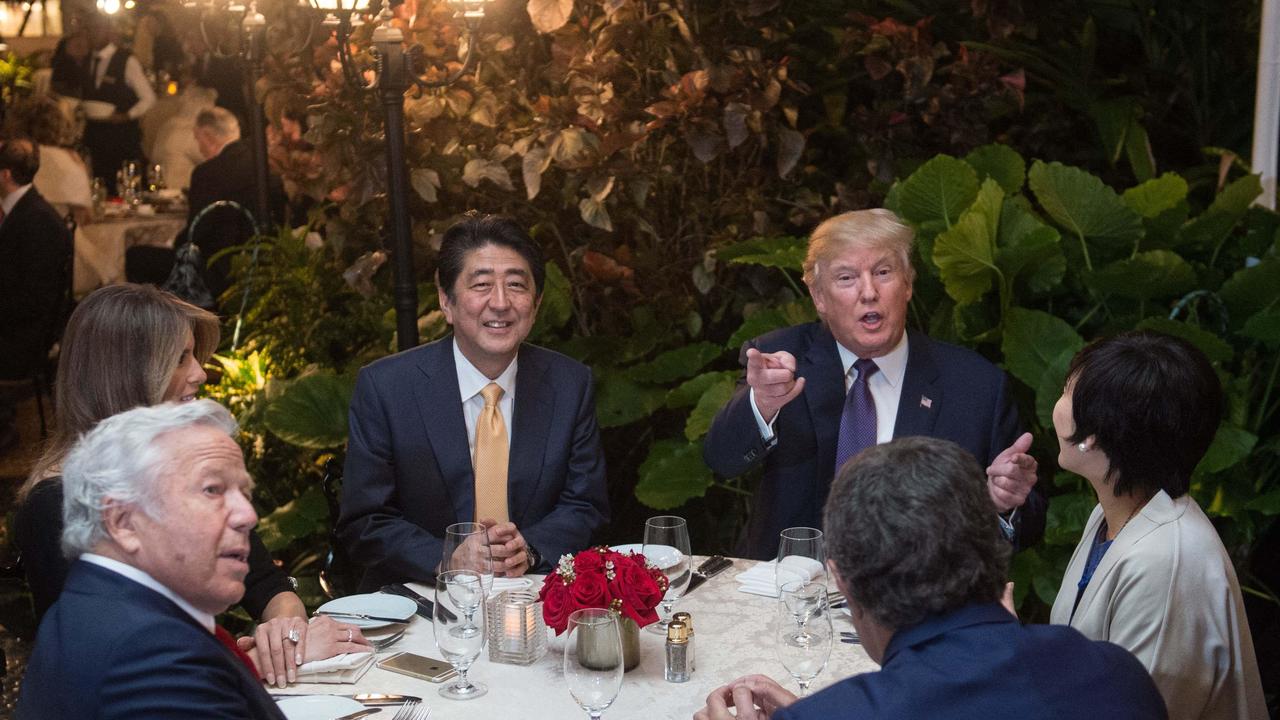Draft
http://powersthatbeat.blogspot.cl/2013/06/google-googles-ocd-sanity-checker.html?m=1
Google Googles: OCD Sanity Checker
Google Goggles: Sanity Checker!
How much do I love, love, the person who created this program???
If only I had this years ago… before I buried myself in hundreds of hard copies and countless drafts waiting to be edited, checked, scanned, formatted, reviewed, merged, referenced, compared or merged with older versions of the same document.
Files upon files are waiting to be examined, edited, completed, and submitted at a later date TBA…
At least I am not the only one in need of a "sanity checker!"
Living everyday with so much unfinished business and self-doubt has stopped me dead in my tracks! Preventing me from moving forward and doing so many things that are absent from my life.
Even the most simple tasks become insurmountable obstacles when left to my own devices (usually at least 2-3 dictionaries, a thesaurus, grammar textbook, and the Chicago Manual of Style or the APA.)
Ridiculous, right? Everything in my life takes at least 3x longer than the average (normal) individual. This can be anything from filing a job application, turning in graduate school applications, assignments and projects on time…
EVERYTHING is late!
EVERYTHING is pending!
EVERYTHING is probably good enough!
EVERYTHING was probably good enough in the first time around!
Getting caught up on insignificant details such as grammar, text wrapping, format styles, has come to define my adult life and experience. Interfering with my academic, personal, and professional goals
I want a sanity checker!!!!
When you are still editing the very same article after 13 or 14 years, you have a problem.
I have a problem!
If I can ever figure out how to use it, hopefully it will prevent me from searching through thousands of text logs and backup files….
I need a sanity checker!
Working on your um-teenth hundredth draft gets tedious. Hopefully google goggles is better at time management and will not spend too much time hovering over typos, font size and other imperfections that probably make my writing a little more human…. a few misplaced commas never hurt anyone unless they are placed after a dollar sign!
Where can I sign up for a personal the "sanity checker" to guide me through the rest of my life??? To clear a path to my desk or help me find the floor…
Thanks so much to the genius who invented this gadget! I hope it works well!
How I wish I could revert back to my days before the technological revolution. My mind has information overload. My life has information overload. My brain is full!
My cyberseeking tools and inquisitive mind have become my kryptonite. Please– make it stop! Stop the questions, stop the memories, stop the madness!
Just, plain, stop!
I miss Professor Marks' red ink pens back in college. Long before I knew what a computer was or how to turn the damn thing on. Now there's e-mail, Internet, spyware, malware, software utilities…
Life was so much easier before I became dependent upon technology and this stupid little box I cannot seem to pull myself away from. And now, much like my racing thoughts and RAM (random access memory) and my crazy busy mind that is a near perfect reflection of my chaotic life.
My paper trail reaches from one room into the next… one year to the next… one decade to the next…
Now I can't seem to turn the thing off… I can't seem to turn anything in, and I can't seem to make things just perfect enough.
Wish me luck as I uncover more and more of my past… although I have often had regrets about sending imperfect documents prematurely: either too soon, too often, or sometimes too early; surely sending something is far better than not sending anything at all…
In this life, people are never remembered for what they start– only for what they finish.
Even The New York Times posted a peralink. Not fair, copyLEFT NEW YORK TIMES <~ THERE IS ALWAYS A PERMALINK!
HYPERLINK ADDED FOR IN YOUR FACE PURPOSES… 1/7/10
GOOGLE GOOGLES… I HAD THEM FIRST. GRRRRR…
(your welcome)
Drunk, and Dangerous, at the KeyboardMail Goggles, a new feature on Google's Gmail program, is intended to help stamp out a scourge that few knew existed: late-night drunken e-mailing.October 19, 2008 – By ALEX WILLIAMS – Fashion & Style
HERBALKING – Bits BlogMail Goggles, a new feature on Google's Gmail program, is intended to help stamp out a scourge that few knew existed: late-night drunken …
Google Inc. Mail Goggles, a new feature on Google's Gmail program, is intended to help stamp out a scourge that few knew existed: late-night drunken e-mailing. …
from the Blog Community …Mail Goggles, a new feature on Google's Gmail program, is intended to help stamp out a scourge that few knew existed: latenight drunken emailing. …
I WILL ADD THE LATEST VERSION…. OF ANOTHER BRILLIANT IDEA THAT I SHOULD NEVER HAVE LET OUT OF THE BAG… FUCK THE NEW YORK TIMES.
I STILL REMEMBER THE HEADLINE YOU SNAGGED ON SEPTEMPBER 12: THAT WAS MINE TOO. YOUR REPORTER COULD HAVE AT LEAST BOUGHT ME DRINK WHILE SITTING NEXT TO ME IN THE EAST VILLAGE! Grrrr….. #yeahisaidit
THE EMPIRE STRIKES BACK. Catchy, approprite, and I even can't get letter to the editor?
Well things are chaning. The news is in our hands now. So no more media manipualtion. i'm so tired of reading the crap you guys put out to distract us from he issues…. and since I get a job… i may as well, keep writing for free..
AC made a forutne off the story I posted for free… but I haven't forgotten.
Once the Democrats lost their foothold on the State Floor, AC quickly moved into a highly coveted position with the newly elected Republican Governor. How is nobody saw this except me??
While enrolled in the School of Journalism at Columbia University (J6306 Public Journalism) we carefully studied the trajectory of "career journalists" and their migration into the public consciousness as speech writers. Pat Buchanan refused to speak with us during his presidential campaign at Columbia. We suspect it was due to his desire to hide from his colleagues as he too attended the J-School at Columbia before he became a presidential hopeful. We knew much about his career, his academic record, and some intimate details from the Dean's Office. Scandals galore over this special Alun.
[[to be continued when I have bandwidth to find oh the story]{
I know my own words. and it really hurts when I can't even get a letter to the editor printed, or a response from a local journalist about when call give them a hint where to look for REAL news.
So I don't give a fuck if you all go down in flames.
Power to the people.
Because they wrote me off long ago…. and you may laugh because I'm different, but I laugh because you are all the same.
$1.00 for this story….. how much did AC make? I call your bluff. And funny thing…. I never even got the dollar. I can't wait for that audit.
It may take some time, but you have no idea, how much I could have helped.
It was is a good story. The economist thought so… so did USA Today and US News and World Report.
All I wanted was to get the information out, so why charge ME to download my own story only to see someone elses byline?
I am watching the watchers…. and heads, up… I'm pretty damn good at it!
Yeah, I said it; and i'll say it again if i need to.
Fuck you, AC!
^ed
^ed







